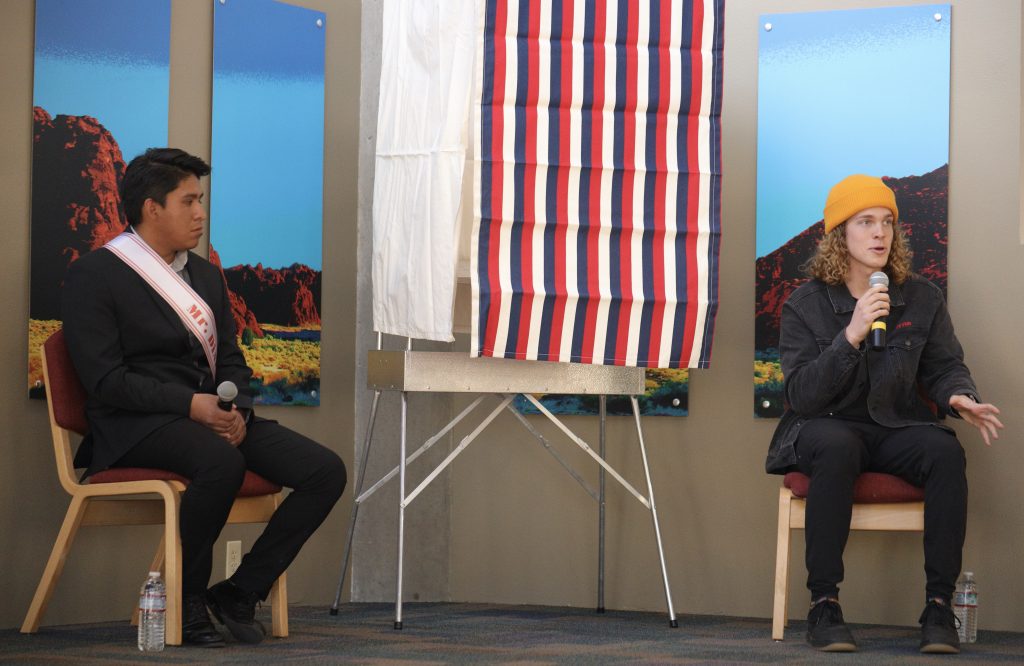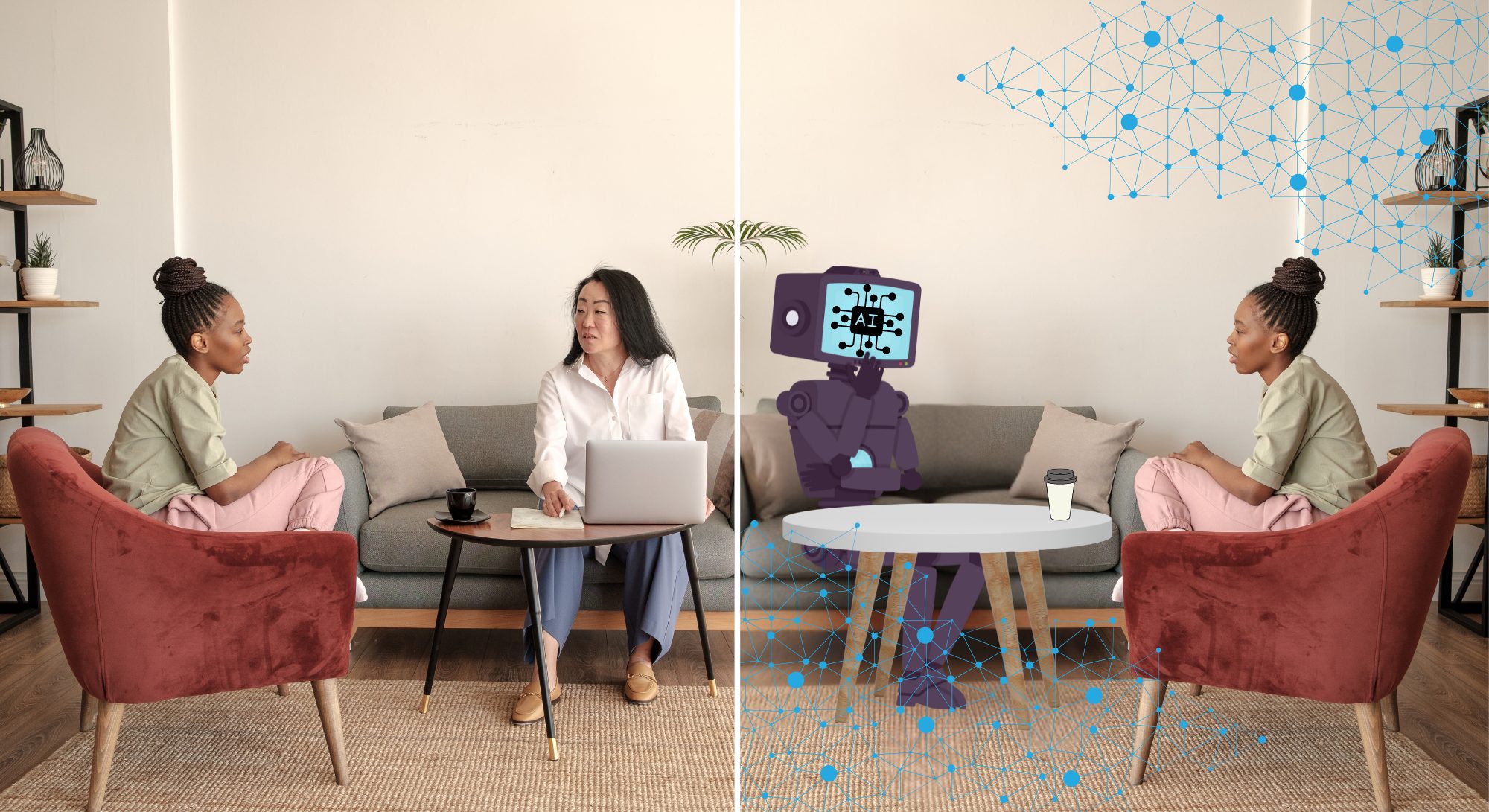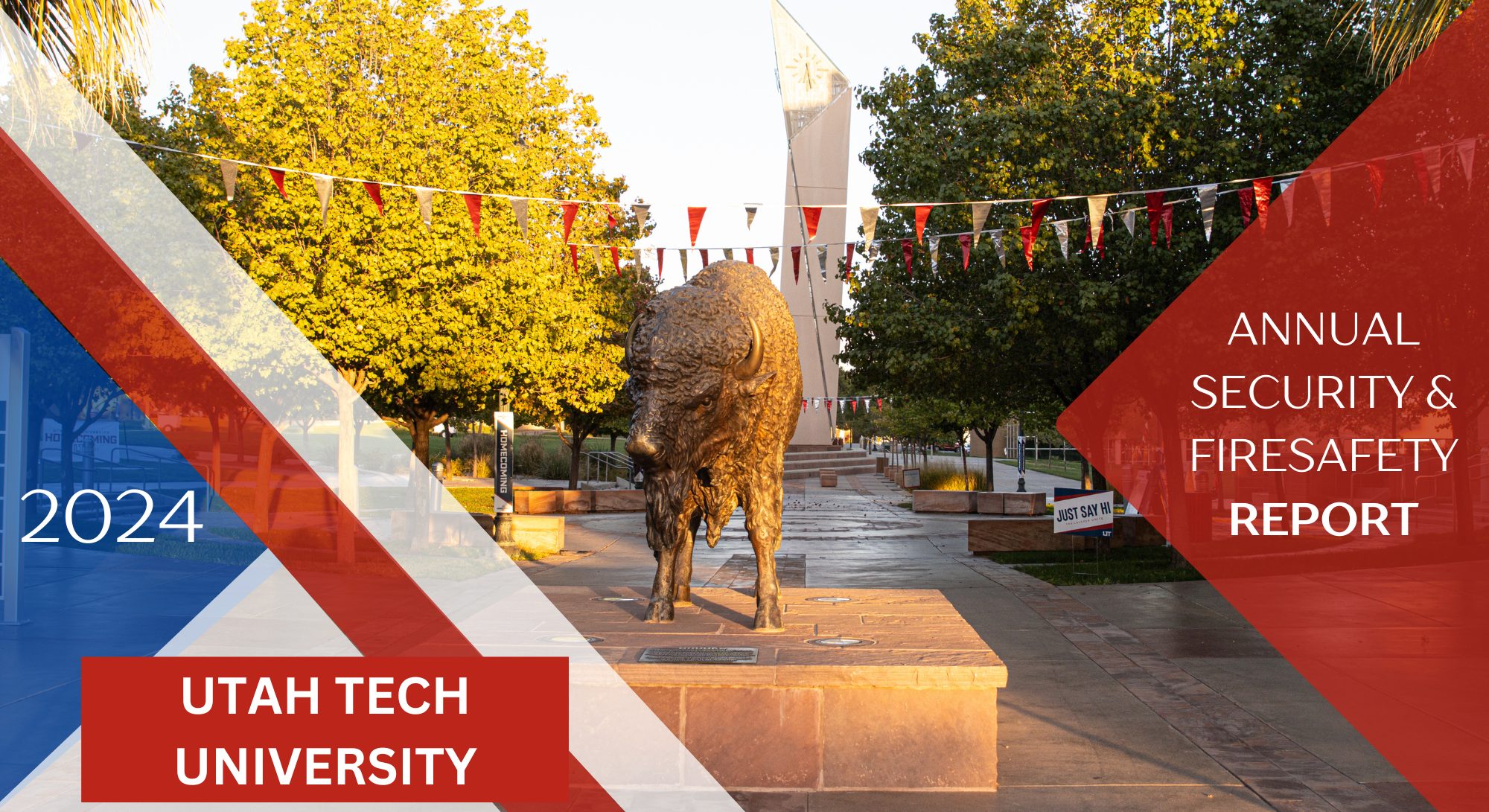By Sam New
Utah Tech students and faculty face an ongoing housing crisis in St. George. Rising rents and housing shortages are making housing hard to secure and finding an affordable place to live nearly impossible.
According to the NAIExcel 2023 Commercial Real Estate Outlook: “The average vacancy rate rising from less than 1.0% at mid year 2022 to 4.4% at year end. Average rent also increased.”
This is a stark difference to the United States average of 10.5%. The issue hits home for residents of southern Utah. Students and faculty alike have felt the pressure of housing availability while at Utah Tech University.
An anonymous senior at Utah Tech, recently struggled with finding a new place to live. He said he had been searching for new housing for over 10 months after being evicted from his housing on campus. He had been struggling with his mental health and going to therapy, and during that time he struggled to upkeep the minimum credits needed for on campus housing.
“They said by next semester, you have to have at least nine credits. I know I’m not going to have those credits,” they said. “I [have] been living with my parents ever since.”
During his search, he felt that most student housing was for the full year, limiting its availability. He also said the small amount of available housing he could find was out of his budget.
“Prices are high. Like, insanely high. Everything was over like $1,000 for just one room. That’s insane,” he said. “I just cannot do that.”
This student is only one of many who have faced this worry. According to the 2023 Utah Tech Healthy Minds survey, 22% of students participating in the survey reported that they worry about not having stable housing.
Dru Bottoms, director of the Student Resource Center, conducted surveys with their food orders on students’ experiences with homelessness and homeless struggle, which identifies around five or six homeless students every semester.
“The identification piece is important,” Bottoms said. “What can we do right now to get you off the street?”
The Student Resource Center’s food bank and care packages are free resources provided to students to help offset the high cost of living. The student resource center has also partnered with campus housing to provide laundry services, allowing students to receive vouchers for the laundry machines on campus.
Bottoms said although these are great resources for students, the Student Resource Center can do little when it comes to impacting housing availability.
“Housing in St. George is a huge challenge for anybody,” Bottoms said. “That’s a St. George and Washington County issue that we don’t have an answer for.”
This housing issue doesn’t only affect students. Amy Hofer, human resources employment specialist at Utah Tech, said the issues around housing have affected the hiring process for faculty at the university, leading to qualified applicants turning Utah Tech away. Hofer said many faculty that get hired leave after a year due to the lack of housing available in the area.
“We can’t afford them,” Hofer said. “It’s hard to get high-quality programs when we can’t afford the faculty.”
Ali Threet, dean of students, has faced concerns with home availability at Utah Tech during her work with students.
“People have been evicted, or students found themselves in a situation where they were homeless,” Threet said. “There’s not a ton we are doing right now, but we have made some strides.”
For example, the struggling student fund is a resource that students have used several times in the past to pay rent in times of crisis or to book a temporary hotel. Although she said it’s not an ideal situation, the Human Performance Center showers and university parking lots have also been provided to students currently living in their vehicles.
Threet and the division of student affairs made efforts to address the issue long term as well by voicing these concerns to the St. George Housing Authority. She said that many possible solutions have been proposed in future construction, including some proposed additional housing in the new Desert Color campus, as well as additional non-traditional housing being built close to campus during new developments around the north plaza space.
“If students need help, they need to come in and see us,” Threet said. “Students that are really struggling think they have to do everything on their own and they don’t have to.”
Housing availability affects the entire Utah Tech community. If you are struggling, please reach out to Ali Threet at 435-652-7514 or the Utah Tech human resource office at 435-652-7520.














